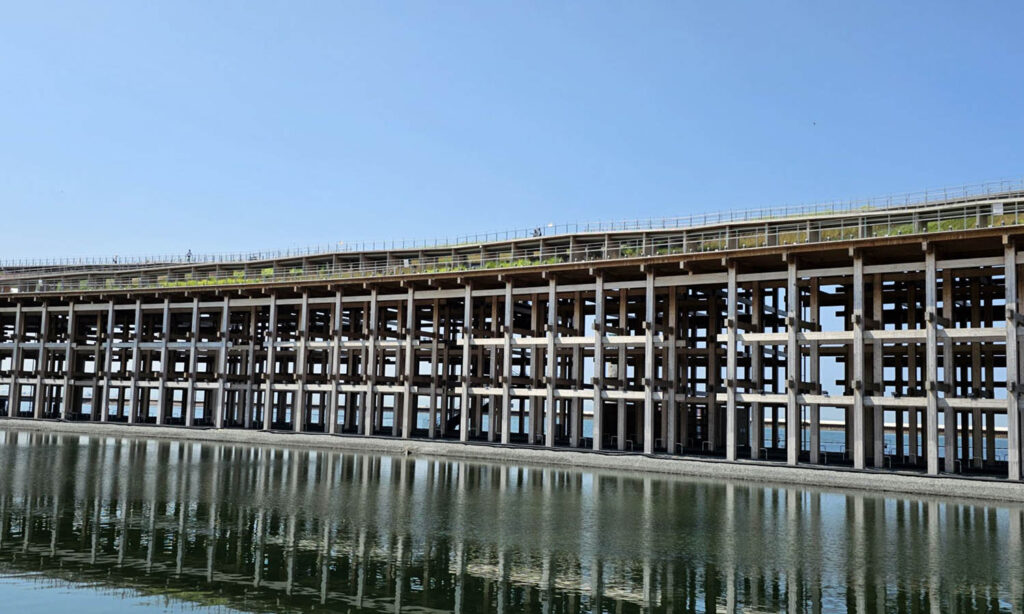To preserve the legacy of the Expo 2025 Osaka Kansai, plans are being considered to convert part of the Yumeshima site into a museum, with business leaders supporting construction costs.

OSAKA, JAPAN (MERXWIRE) -To preserve the spirit and cultural heritage of the Expo 2025 Osaka Kansai, Kansai Economic Federation President Masayoshi Matsumoto recently announced at a press conference that plans are underway to convert part of the Expo’s leading site into a museum, with the business community covering some of the construction costs. This initiative aims to preserve the Expo’s historical memory and pass its spirit on to future generations.
Matsumoto stated that the ideal site would be in the Yumeshima area, approximately 200 meters northeast of Yumeshima Station on the Osaka Metro Chuo Line. “It would be best to build a museum so that future generations can learn about the Expo,” he said. “It is our responsibility to preserve a record of the Expo.” He emphasized that viewing the Grand Ring in a museum would be even more impressive.
The Japan Association for the 2025 World Exposition has already decided to preserve a portion of the ring structure, allowing visitors to climb and appreciate its impressive scale. The proposal includes preserving 200 meters of the northeastern section, with the costs covered by a developer selected through an open call by Osaka Prefecture and City. If this plan fails, the southern section will be retained instead. Regarding the pavilion’s construction costs, Matsumoto admitted that the business community “will likely have to contribute a portion,” but the specific funding method is still under discussion.
This plan also continues the cultural tradition of the Expo ’70. After the Expo, organizers preserved the symbolic “Tower of the Sun” and converted the original exhibition grounds into the Expo Commemorative Park. The Expo’s Steel Pavilion was transformed into the “EXPO’70 Pavilion,” a free permanent exhibition hall that recreates the grandeur and vitality of the exhibition through video, photographs, and models. The pavilion displays valuable statistics, including 64.21 million visitors, a peak daily attendance of 830,000, nearly 20,000 tons of waste generated, and 120,000 people missing on the site, offering a glimpse into the grandeur of the event.
Not only in Japan, but also in previous World Expo host cities, museums have been established to preserve the exhibition’s achievements. After the Expo 2010 Shanghai, Shanghai established the World Expo Museum, using multimedia and digital technology to recreate the essence of each World Expo. Following the Expo 2020 Dubai, the city transformed the “Opportunity Pavilion” into the “Dubai Expo Museum,” a new cultural landmark that blends history, technology, and future visions.
As the Expo 2025 Kansai World draws to a close, the future use of the venue has become a focus of public attention. If the museum plan is implemented, it will not only become a new tourist destination but also have the potential to continue the spirit and influence of the World Expo, becoming a significant cultural asset for the Kansai region.



